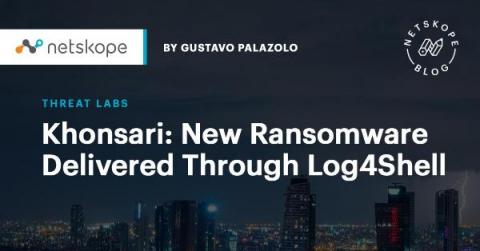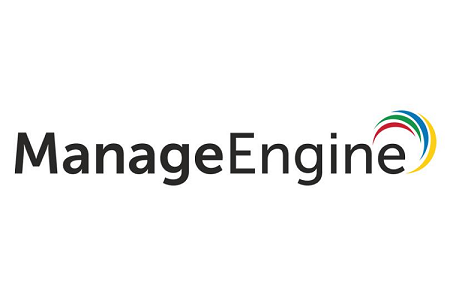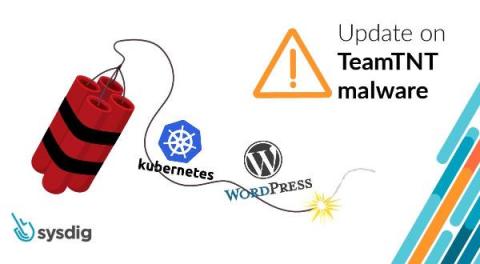Preparedness, Speed and Communication are the Cornerstones of a Solid Ransomware Defense
Ransomware attackers today have the technical skill and tools to analyze a target’s defenses and like a band of guerilla operatives attacking a more power adversary, the attackers avoid the teeth of the defense and hit their victim at its weakest point. All while layering in new tactics to force their victims to pay a ransom. To be prepared for this threat, an organization must have a plan in place to deal with the myriad of new tricks ransomware attackers have developed over the last few years.










